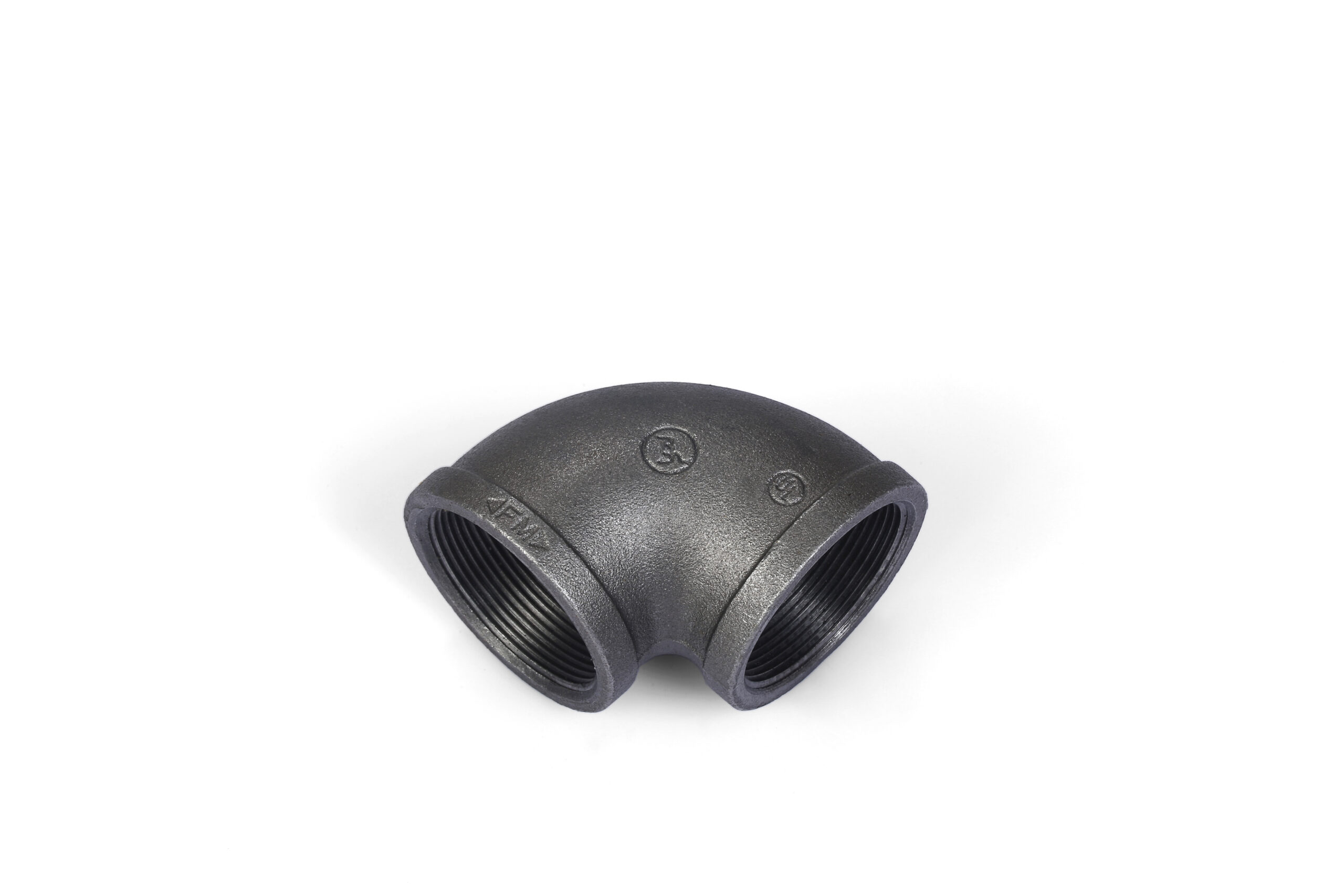Using a long radius elbow instead of a standard elbow offers several advantages in certain applications.
Here are some benefits of using a long radius elbow:Reduced Pressure Drop: Long radius elbows have a larger radius of curvature compared to standard elbows. The smoother flow path and gentle bend of a long radius elbow result in reduced pressure drop or friction loss within the piping system. This can be particularly advantageous in applications where maintaining optimal flow rates and minimizing energy losses are critical, such as in large-scale industrial or commercial systems.
Improved Flow Characteristics: The larger radius of a long radius elbow promotes a smoother and more uniform flow pattern. The gradual change in direction helps reduce turbulence and avoid the formation of eddies or swirls that can hinder flow efficiency. This can be beneficial in applications where flow characteristics are important, such as in fluid handling systems, HVAC systems, or processes that require precise fluid control.
Enhanced System Efficiency: By minimizing pressure drop and optimizing flow characteristics, long radius elbows contribute to overall system efficiency. They can help reduce energy consumption by requiring less pumping power to overcome pressure losses. This can lead to cost savings in terms of energy usage and can contribute to the sustainable operation of the system.
Lower Noise and Vibration: The smoother flow path provided by a long radius elbow helps reduce noise generation and vibration within the piping system. This can be advantageous in applications where noise reduction is important, such as in residential plumbing systems, HVAC systems installed in noise-sensitive areas, or industrial processes where excessive vibration can impact equipment performance or worker comfort.
Less Wear and Tear: The reduced turbulence and pressure drop in a long radius elbow result in less wear and tear on the piping system components. Lower fluid velocities and reduced forces acting on the pipe walls can help extend the lifespan of the pipes, fittings, and associated equipment. This can translate into reduced maintenance costs and longer service intervals.
It's important to note that the advantages of using a long radius elbow over a standard elbow may vary depending on the specific application, flow conditions, and system requirements. It is recommended to consult with a piping engineer or a professional familiar with the specific system to determine the most suitable elbow type for your application.
What are the disadvantages of using a long radius elbow compared to a standard elbow?
While long radius elbows offer several advantages, there are also a few potential disadvantages to consider when comparing them to standard elbows. Here are some potential drawbacks:
Space Requirements: Long radius elbows generally require more space compared to standard elbows due to their larger radius of curvature. In applications with limited space or tight constraints, it may be challenging to accommodate the longer length of a long radius elbow. This can be a significant limitation when retrofitting or working in confined areas.
Cost: Long radius elbows are often more expensive than standard elbows. The larger size and more complex manufacturing process of long radius elbows can contribute to higher material and production costs.
90 degree elbow pipe fitting If cost is a primary consideration and the reduced pressure drop or improved flow characteristics are not critical for the specific application, a standard elbow may be a more cost-effective choice.
Flow Resistance in High-Velocity Systems: In high-velocity piping systems, long radius elbows can exhibit higher flow resistance compared to standard elbows. The larger radius of curvature can result in a longer flow path, which may increase the frictional losses and pressure drop. This can be a concern in applications where maximizing flow rates and minimizing pressure losses are critical.
Limited Availability: Long radius elbows may not be as widely available as standard elbows, especially in certain sizes or materials. Depending on the specific requirements and availability in the market, it may be more challenging to source long radius elbows compared to standard elbows.
Design Constraints: The larger size of long radius elbows may impose design constraints on the overall piping system layout. The extended length and increased space requirements may necessitate modifications or adjustments to the system design, including pipe routing, support structures, or equipment placement. This can add complexity to the installation process and may require additional planning and coordination.
It's important to evaluate these potential disadvantages in the context of your specific application and system requirements. Consider factors such as space availability, cost considerations, flow conditions, and overall system design when determining whether a long radius elbow or a standard elbow is the most suitable choice for your piping application. Consulting with a piping engineer or a professional familiar with the specific system can provide valuable insights and recommendations.

